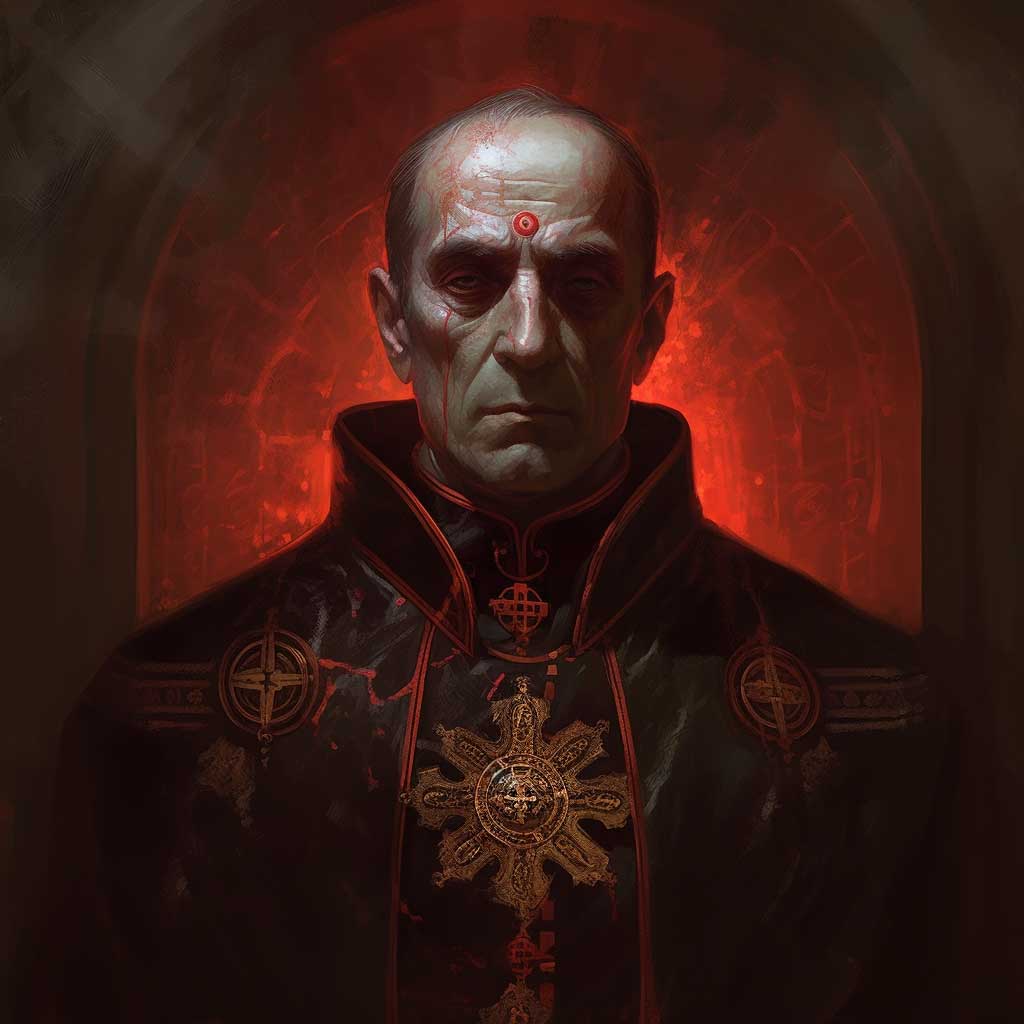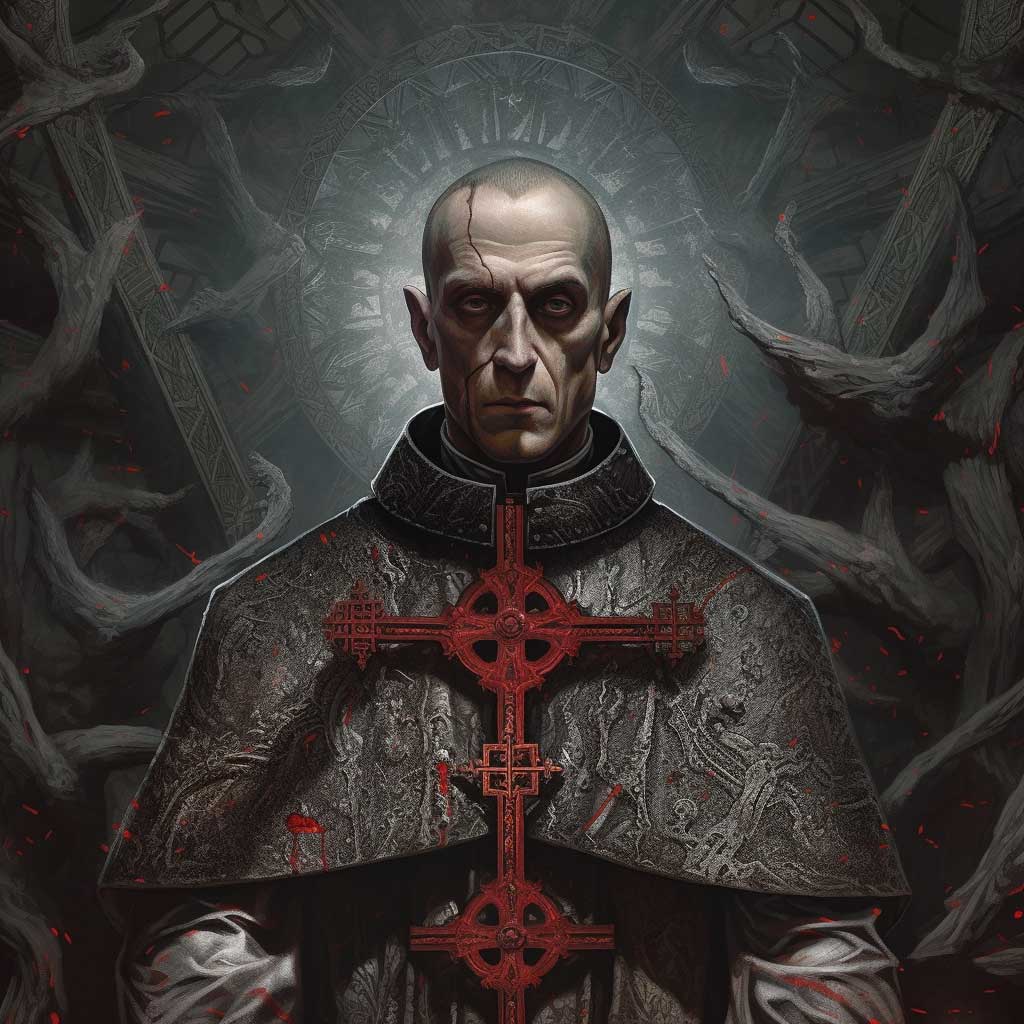Tomás de Torquemada Unveiling the Sadistic Grand Inquisitor
Tomás de Torquemada, a name that reverberates through history as a symbol of religious intolerance and oppression. As the Grand Inquisitor of the Spanish Inquisition during the late 15th century Torquemada’s actions left an indelible mark on the religious landscape of Spain.
Early Life and Rise to Power
Born in 1420 in the region of Castile, Spain, Torquemada entered the Dominican Order at a young age. He dedicated himself to the pursuit of religious devotion. His intelligence and zeal propelled him through the ranks of the clergy. Ultimately leading to his appointment as the first Grand Inquisitor in 1483.
The Spanish Inquisition
Under Torquemada’s leadership, the Spanish Inquisition reached its zenith. The sacred court was Established by the Catholic monarchs Ferdinand II of Aragon and Isabella I of Castile. Its primary aim was to maintain religious purity and unity within the kingdom. The Inquisition sought to root out and eliminate any perceived threats to Catholic orthodoxy, including conversos. (Jewish and Muslim converts to Christianity) suspected of practicing their former faiths secretly.
FIND THE BEST GOTHIC T-SHIRTS ON AMAZON
Methods and Practices
Torquemada employed a range of tactics to extract confessions and maintain control over the accused. These included imprisonment, torture, and public executions. The Inquisition’s reputation for brutality and its use of auto-da-fé (public acts of faith) served as a deterrent and reinforced its authority. While Torquemada did not personally conduct interrogations or torture, he oversaw the Inquisition’s operations and was responsible for shaping its policies.
The Spanish Inquisition used various forms of torture as a method of extracting confessions or obtaining information. Hell on earth for the individuals accused of heresy or other crimes against the Catholic Church. These tortures were often brutal and designed to inflict pain, both physical and psychological. While the specific methods varied over time and across regions, some of the most commonly used tortures were:
-
Strappado: The accused person’s hands would be tied behind their back, and they would be suspended by a rope, usually resulting in dislocated joints and excruciating pain.
-
The Rack: The accused would be placed on a wooden frame and stretched, either by manual cranking or weights, causing severe joint and muscle dislocation.
-
Water Torture: This involved forcing large amounts of water into the accused’s mouth, causing suffocation and a sensation of drowning. Sometimes, a cloth placed in the mouth, and water poured onto it, lead to a sensation of asphyxiation.
-
The Judas Cradle: The accused would be suspended and lowered onto a pyramid-shaped seat, often with a pointed tip inserted into the anus or vagina. The weight of the body would cause intense pain and potential injury.
-
The Strangle Board: The accused’s neck would be placed on a wooden board with a tightening vise, constricting the airflow and causing choking and asphyxiation.
-
The Iron Maiden: Though its use during the Inquisition is disputed, the Iron Maiden is a famous torture device with a hinged interior filled with spikes. The accused would be enclosed inside, and when the door was shut, the spikes would pierce their body.
-
The Wheel: TheY TIED THE accused to a large wheel or wagon wheel. THE EXECUTIONER SMASHED HIS limbs with a hammer or iron bar.


















